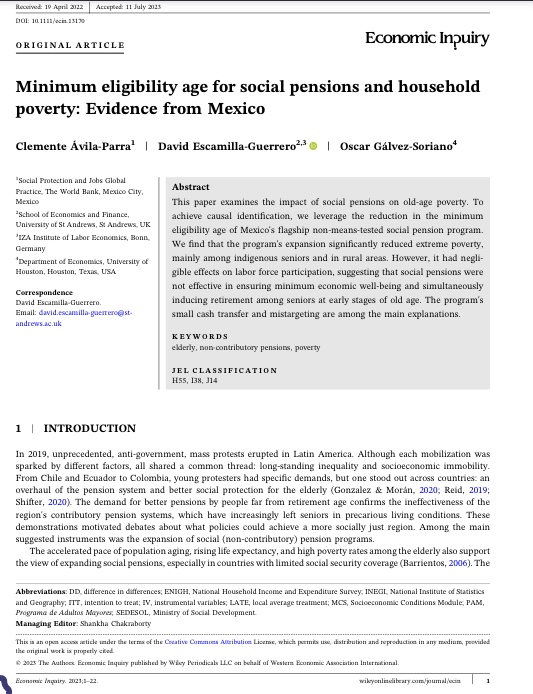Time Consistency in Optimal Retirement Planning
By Frank Bosserhoff, An Chen & Manuel Rach We study time consistency in optimal consumption problems of annuities and tontines. We find the annuity problem to be time-consistent, hence delivering the same optimal consumption at each time. The tontine problem, however, is found to be time-inconsistent, opening the possibility for individuals to increase or decrease their overall expected utility by changing the ex ante fixed consumption profile. However, such an increase in the utility of the tontine cannot lead to...










